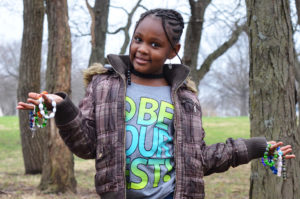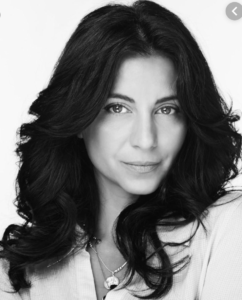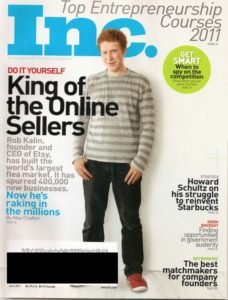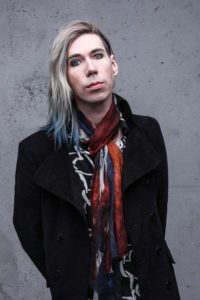There are many things that people enjoy and one common thing is candles. Candles can come in all different scents, wicks, and ingredients. These things make each candle unique, and an all natural soy candle handed poured in Papillion, NE, Italy is definitely unique.
Nic Bianchi received a candle making kit on his twelfth birthday and was hooked from that point on. He 
Bianchi Candle Company has launched many candles for different occasions or purposes. The
You can visit Bianchi Candle Company website here.






 She did not stop innovating at the sock-pocket technology, but has also innovated her unique Wise Pocket design into leggings to solve the original problem that her cousin faced.
She did not stop innovating at the sock-pocket technology, but has also innovated her unique Wise Pocket design into leggings to solve the original problem that her cousin faced.






